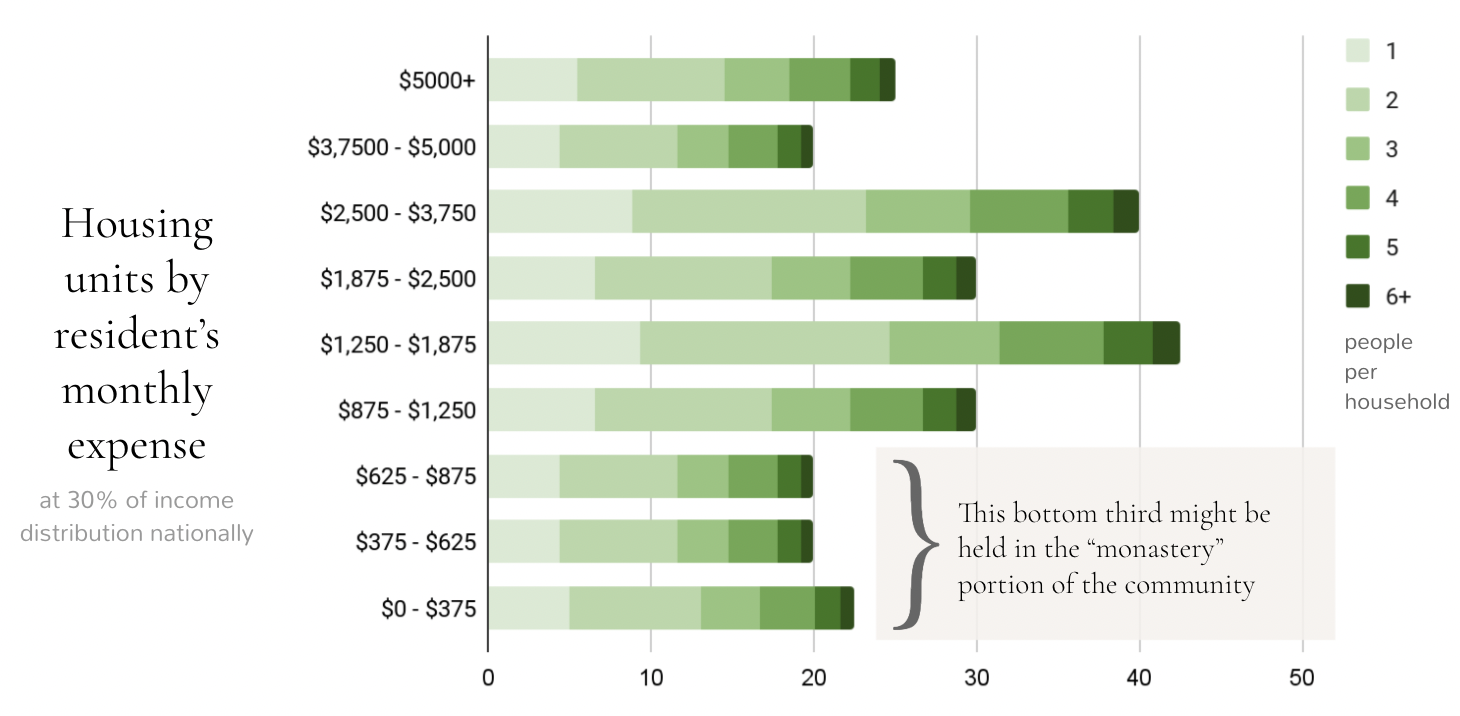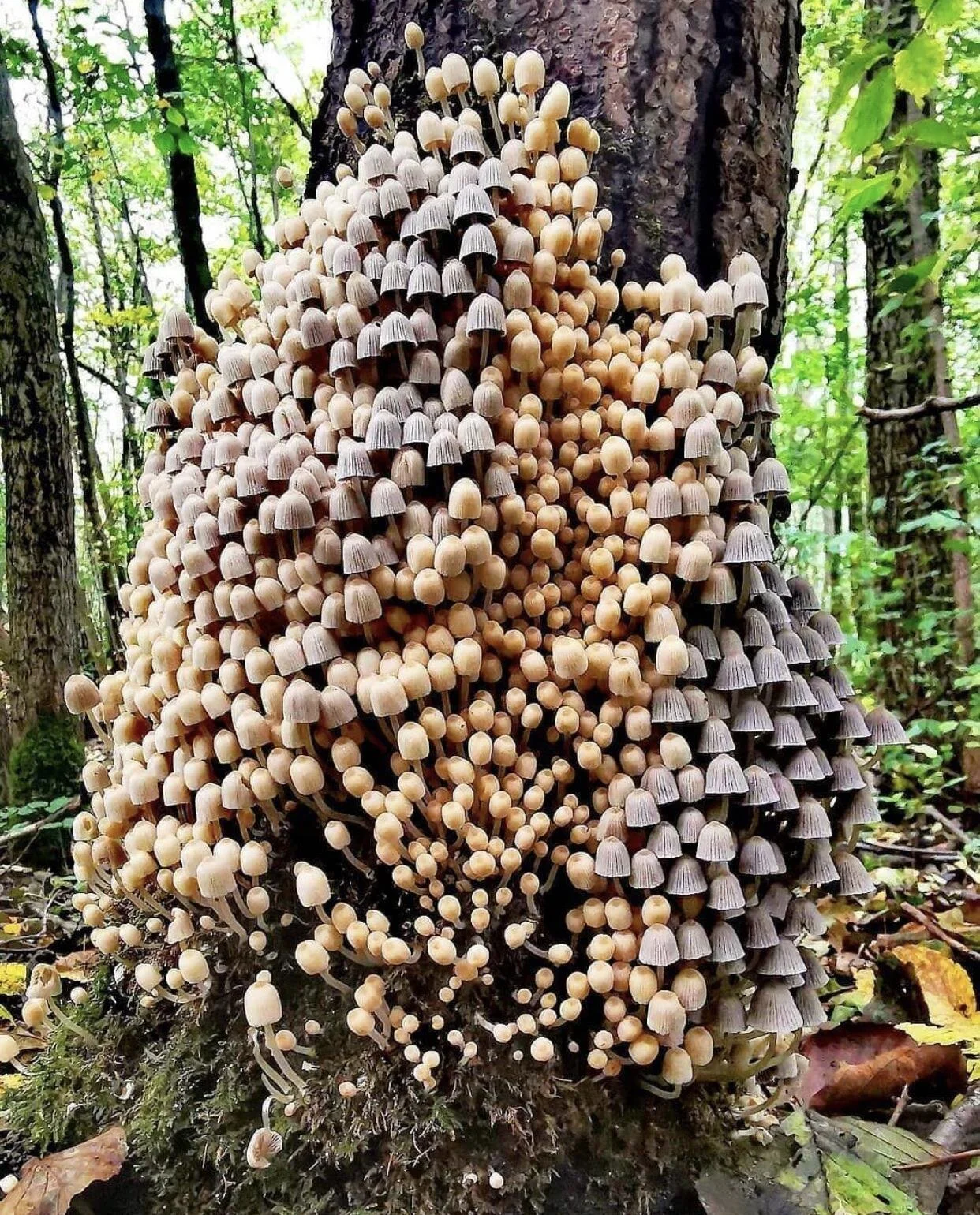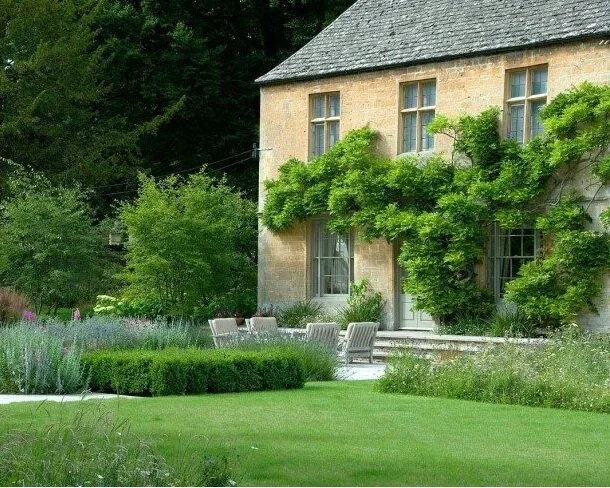
Our Big Idea
Let’s build communities designed for flourishing for all.
They say we are what we measure. What if we make flourishing for all our primary metric for success?
We can measure human flourishing using the Flourishing Self-Assessment. We’d also measure the health of the soil, air, water, insects, etc.
What does a Healing Community look like?
It’s alive & whole.
It has its own unique, authentic identity.
It is self-determining & adaptive.
It’s full of nature & natural materials.
It cultivates life & loving connection in itself & with those around it.
A Disconnected Machine World
trauma = disconnected = separation
A Connected Living World
healing = flourishing = peace = connected = whole
drawings by Richard Bono & Richard Calderon, adapted from Rural by Design by Randall Arendt
LEFT: A neighborhood laid out according to typical current zoning protocols. Boring, segregating, not walkable, not sustainable.
RIGHT: Same amount of land & dwellings (with more variety), plus a small commercial core & a significant greenbelt open space.
Possible Housing Mix for a Whole Community:
50 acres = walk anywhere in about 5 minutes
50 acres = 250 houses by current standards
250 homes appropriately housing our full spectrum of economic diversity & household size would breakdown like this:
Flourishing Communities are unique to their time & place in the world.
It’s not about recreating the past or any other place that already exists.
They each look distinct & are shaped by land & culture of that place.
They Transcend & Include the Past.
They are made with local minimally processed materials, & mix ancient building science with today’s best technology & research like 3D printing soil, strawbale SIP’s, & Green Power.
Healing Communities ask questions like:
What do the people & ecosystem here need to flourish?
How can we design circular systems that get the entire job done (without waste)?
Would I be willing to step into the life of any person here despite their race, gender, sexual orientation, financial wealth, age, religion, etc.?
Can everyone play? Does everyone have the time, energy, resources, & emotional safety to be able to play at times & enjoy life authentically?
How can we do things more beautifully & more aligned with life (growing in diversity, not cancerous, etc.)?
Does everyone feel heard?
How can we build & live in a way that will make this place better in 300 years?
How can we express more of our essence in ways that meaningfully & lovingly connect with others?
How can we use the best of past wisdom & technology as well as the best research & tech available today?
Where there’s a will there’s a way
No one of us has all the answers or resources to accomplish this vision. But together, we have everything we need—plenty of resources, skills, creativity, & wisdom. If we all give a little, we can take down giants & co-create something new.

It’s like a big, ongoing Kickstarter!
Choose an amount to give monthly:
“If everyone demanded peace instead of another *television set, then there’d be peace.”
— John Lennon
* or Netflix, Hulu, Disney+, HBO subscription
Where does the money go?
1. Build a virtual community
We’ll gather like-minded people through Dinner Clubs & social media. This dispersed community will crowdfund but also crowdsource ideas, land, talents, dreams…whatever feels right to contribute. Dinner Clubs will mostly be hosted by volunteers but a small staff is needed to run point & social media.
2. Build prototype communities
So far we know of three tracts of land that could become Healing Communities: 1000 acres already zoned to be a full city, another 1000 acres & 400 acres would be a more rural network of villages. These pieces of land just need the capital for development.
3. Share what we learn
One reason we’re a nonprofit is so we can openly share what we’re learning. Best practices & advancements in place-based healing should not be proprietary knowledge. We’re all in this healing work together & the more people & places that jump in the better! We’ll learn & heal the most if we all work together. Some funding is needed to document & share our knowledge well.
4. Iterate & multiply
As the first communities get on their feet & become self-sustaining, we’d love to keep going, always with a perpetual-beta mindset. Should the climate keep changing at the rates predicted, lots of current communities (especially coastal) will become uninhabitable & we’ll need to build a lot of new communities. We’d love to help fund more places that are built for flourishing for all.
Ok, now…get ready for the twist…
One key part of all of this working might sound kinda (or really) weird…
Just hear us out before you make up your mind…
Part of making this work means starting a religion.
It’s so we can have healthy free & affordable housing that gets through current zoning.
Start a religion? Really?
A lot of us bring a lot of baggage to the word religion. But as Fr. Richard Rohr points out:
Religion comes from the words re & ligio, which means to re-ligament or re-connect.
If we can embrace that meaning, why not make a new religion/container that is simply about reconnection & flourishing?
And, funny enough, we may be able to get further legally with ecologically- & socially-minded building practices under the banner of religious freedom.
So…monasteries
It sounds pretty out there, we know. But monasteries are the best solution we can come up with for the low/no income housing part of a community. Right now, it’s basically illegal in most places to build anything that’s not status quo in all the normal, problematic ways. But we can get creative to incubate new systems of wholeness & connection within current zoning & codes.
Tested across time, cultures, & geographies, monasteries have proven themselves to be durable organisms. Residents of a monastery can live well without having money. In our case, residents could receive free housing, health insurance, childcare, in exchange for 20 hours of contribution per week to the community.
In order to be a monastery, residents just have to take “a religious vow.” Ours can be simple & inclusive like:
“While I am here, I will prioritize the flourishing of myself, my community, & the natural world.”
No robes, lifetime commitment, celibacy, or kool-aid required.

























